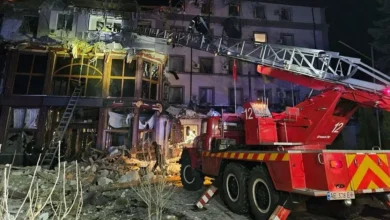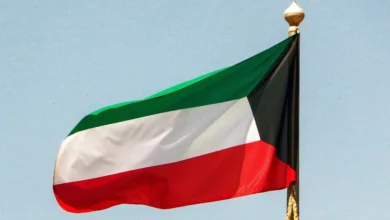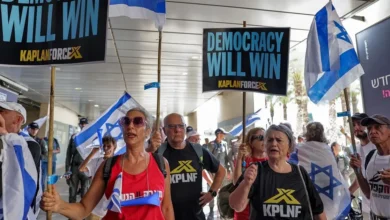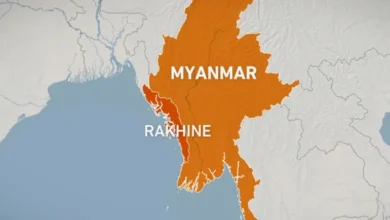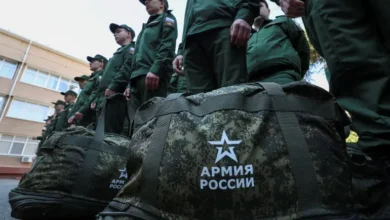Palestinians in Jenin camp: From Nakba to Israel’s latest assault
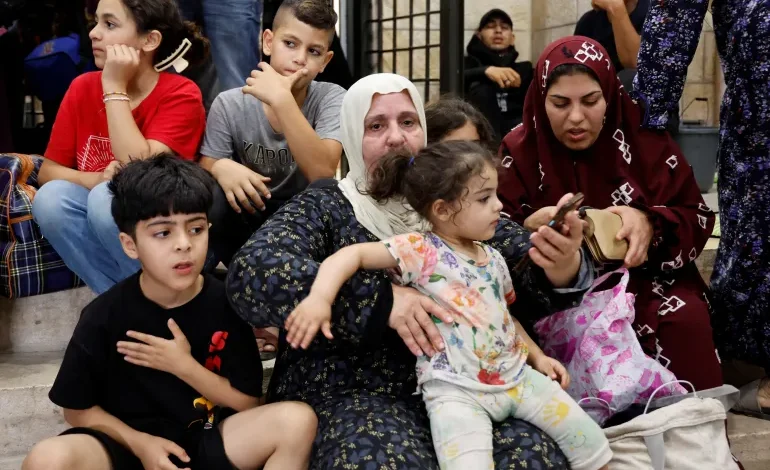
Tight alleyways and adjacent rooftops. Small residential buildings – many of which house more people than they have room for – stacked next to each other, many of them window to window.
The Jenin refugee camp, located in the northern part of the occupied West Bank, is once again facing a devastating Israeli assault – this one the largest in more than 20 years.Israel has portrayed the camp as a den of “terrorists” that threatens its security, arguing that it is, therefore, justified in using harsh force, a notion the United States has also supported.
For three generations of Palestinians, the camp has been a home that has sheltered them in the yeas since the Nakba – or “catastrophe” in Arabic – when 750,000 Palestinians were ethnically cleansed and forced from their homes to make way for the establishment of Israel in 1948.
The latest Israeli attacks are now threatening to make the refugees homeless again. About 3,000 Palestinians have already been forced to flee the refugee camp since the start of the operation late on Sunday, according to Jenin Deputy Governor Kamal Abu al-Roub.
Haifa Abu Sirriyeh, a 34-year-old mother of three who lives at the centre of the camp, told Al Jazeera she was awoken early on Monday by a bombardment and her little girl was shaking and crying in fear.
Israeli forces “want to commit massacres inside the camp” and “want to wipe out the camp”, she said.
A history of attacks
The Jenin refugee camp, which is located roughly 1km (0.6 miles) west of Jenin city, was established in 1953 to accommodate Palestinians who were expelled in 1948 from more than 50 villages and cities in the northern parts of Palestine, mainly Haifa and Nazareth.
Israel seized the West Bank in 1967, including the camp, and three generations of Palestinians have had to endure violence during military raids by both Israeli and Palestinian authorities.
The camp was nearly destroyed in 2002 when Israeli soldiers ambushed it during the second Intifada.Poor living conditions
The Jenin refugee camp has a population density more than 70 times that of Israel — 14,000 people crammed into a plot of land about 0.42sq km (0.16 square miles).
It is one of 19 official United Nations Relief and Works Agency (UNRWA) camps. The UN agency has reported about how children spend their time in the camp between areas that are either too cramped or too dangerous to play in and how children who play outdoors are exposed to conflict-related violence, intra-communal violence, drug abuse and other risky behaviours.
Moreover, the camp suffers one of the highest unemployment and poverty rates in the West Bank, mostly due to restrictions of freedom of movement imposed by Israel. Many young people remain unemployed despite having graduated from university, resulting in dissatisfaction and frustration that the UNRWA considers a contributing factor to increasing violence and substance abuse.
The camp also suffers sporadic water and electricity outages, which are only exacerbated when Israel launches new assaults.

